What moving to a new house can teach us about enterprise learning
Sometimes the last bit of something is great. You know how those yellow ice cream cones have a little grid in the bottom that gets filled with ice cream? That last part is magic — the perfect balance of ice cream and cone. Also great: the last part of a story, giving us the satisfying closure we need.
And then there is packing to move, where the last ten percent can feel like 110 percent. You think you’re nearly done, but the last few tasks keep dragging on.
It. Just. Won’t. End.
At the end of August, I moved to a new place; it was, in fact, that last ten percent that challenged me the most.
I drive a Honda Accord, which can only hold so much. It had to carry me, a large dog, snacks for me and the large dog, many plants, and a few other necessities. Then I realized it had to hold things that didn’t make it into the moving truck. I tried shipping a couple boxes; I made use of every spare nook in the car. Then I came to terms with the fact that some things just weren’t meant to go.
It occurs to me that this also happens when organizations are planning a learning experience for their teams. So often it is a big event— rare, much anticipated, and needs to fit “everything” in. Or so we think.
Do we really need to train on everything?
At Emerson we rely on 3 Cs to help us make those tricky calls. Is it: Common, Critical, or Catastrophic?
What does this mean?
- Common: Is it something that is fundamental to daily work? Is it something a lot of folks need to know or do?
- Critical: If nothing else happens, what must get covered? What is absolutely necessary?
- Catastrophic: Is the risk high? If someone doesn’t do this correctly could there be a significant negative effect on the function, business, or our customers?
It is important to recognize that everything can’t—and shouldn’t—be crammed into a learning event. When we find ourselves making use of every last bit of the time set aside for learning, it’s a sign to pause and ask, “What really needs to fit in?” There has to be breathing room. There has to be room for dialogue, application, and actually digesting the experience.
I’m pledging to adopt Common, Critical, and Catastrophic for any future moves. Is it common—do I rely on it for my day-to-day life? (My dishes) Is it critical—a must have or something worth the cost to move? (My big couch) Is it catastrophic—fragile, perishable, or irreplaceable? (My dog!)
If the answer is yes, it is worth keeping.




